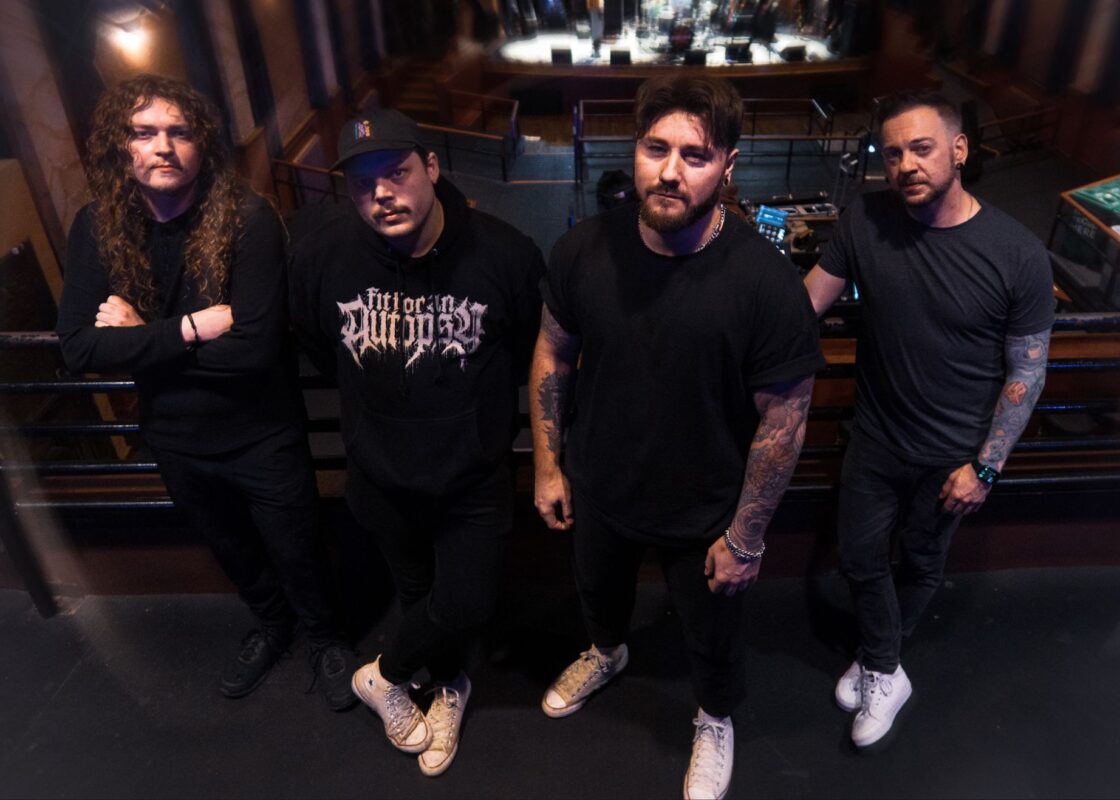We have seen in this series of articles that the Evangelical Church of today has fixated on sentimental, experiential, overly-romanticized worship songs, to the detriment of doctrinal and objective worship music. We have examined the historical and theological developments that has led to this imbalance in modern worship, tracing the rise of experiential emotionalism as the evidence of conversion, all tied to an escapist anti-Incarnational view which sees the spiritual and physical aspects of the world as being opposed to one another.
We then spent some time considering the Implications of the central Biblical truths of the doctrines of the Holy Trinity and the Incarnation of Christ for our view and exercise of worship, Implications which emphasized the facts that our worship should be both physical as well as spiritual, embodying continuity as well as change, and recognizing that both past and future should equally dictate the parameters of the shape of how and why God wishes to be worshipped.
Recently, we began to examine the implications of the Bible’s glimpses into the Heavenly Worship (Isaiah 6; Ezekiel 1 and 10; Hebrews 12:22-24; Revelation 4-5) and it’s interior logic for redressing the imbalance in today’s Evangelical worship, seeing that the Church actually worships in Heaven spiritually, beyond (yet within) time and space through the Ascended Humanity of Christ, Who is seated at the Father’s Right Hand.
The passages in Revelation all describe, as we’ve seen, the same Place also written of in Isaiah, Ezekiel, and Hebrews: the Courts of Heaven in the Throne-room of God, where the Heavenly Worship eternally takes place in His Presence. These Heavenly glimpses in the book of Revelation, which is one long vision of that worship, contain songs used to praise God by the angels, the elders, and the other redeemed saints, and, like everything else in Scripture, these songs have much to teach us, especially as to the focus and content of our worship.
Last issue, we looked at three of the songs sung in the worship of God, the texts of Rev. 5: 8-10, 14: 1-3; and 15: 2-4, noting that all of these, in balanced fashion, gratefully praised God for Who He is, by recounting the things He has done redemptively for His People, and by recounting what He has done subjectively for His People (i.e., what His action has effected from the perspective, and in the experience of, the Redeemed themselves). This last, of course, is what has dominated the perspective of modern contemporary worship to the near-exclusion of the other categories of worship demonstrated in the Heavenly Worship. This certainly demonstrates that, though these categories include songs from a subjectively thankful perspective, these must be balanced by those which thank God for both Who He is and what He has done objectively for believers.
This is, at the least, an implication that only one-third of our song of worship are to be subjective, as well as demonstrating, as the songs in Revelation do, that the categories can meaningfully be intertwined (indeed, a danger of not including objective doctrinal elements in our music is that our experience of redemption becomes either dislodged from the very objective content that gives it meaning, and/or that it denigrates the importance of the Objective Acts of Redemption Which are the ground of our subjective experience in the first place, as we’ve seen in past articles in this series).
We also looked at Revelation 14:1-3, and began to consider the songs in Revelation that are not sung by all the worshippers present in the Heavenly Service, and concluded that that reality implied a justification of both what are generally thought of as performance pieces and instrumental pieces in Christian worship.
We saw as well that the multiple perspectives represented in the various songs sung by the Elders, the Cherubim, other angels, the Redeemed, and by various combinations of these groups in their diversity and their unity represent the Diverse yet Unified Perspective(s) of the Persons of the One Triune God.
In the last article, we saw that the Holy Trinity provides a Triadic Model summed up in Jesus Himself (John 14:6), a Model intended by God to be fully represented in the Church’s worship.
Virtually everything we’ve seen in this series has pointed up the fact that worship is primarily for the Pleasure of God, and secondarily (and derivatively) for the building up of the Church to do His Will in this world and beyond. While evangelism is to be the result of such edification (even within our worship services, as the Early Church recognized, and practiced by allowing the unconverted into the first part of their services, only dismissing them after the readings, sermon, and Creed), our formal worship is not intended to be dominated by evangelistic outreach, but, as we’ve seen, oriented primarily to the adoration of God and resultant edification of the saints, with any evangelization to be a side-effect of the God-oriented worship and edificational instruction to the believers (this is why the Book of Acts shows evangelism as being largely conducted outside the precincts of formal worship).
As we’ve seen, since the Second Great Awakening, the techniques of eliciting an emotional conversion experience developed at that time have displaced not only the Patterns of a Heavenly Worship the Church takes part in through the Ascended Lord Jesus (Hebrews 12:22-24; 10:19-22), but also reoriented the assumptions of Evangelicals concerning formal worship, so that worship services were conceived of forthwith as mainly evangelistic thrusts, and reorganized from traditional Biblical Patterns accordingly. This has had unintended consequences which actually have worked against the evangelistic efforts of the Church in our time, as well as having contributed to the theological ignorance of the Church and the trivialization of Christianity in our culture, as we’ll consider in the next article, Lord willing.















